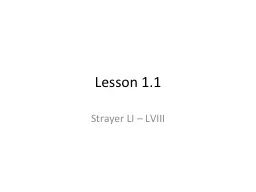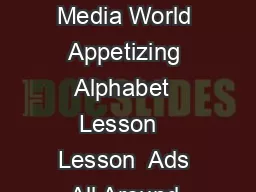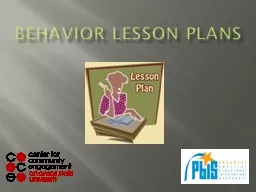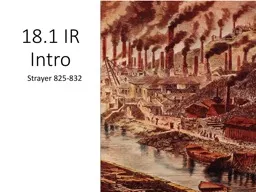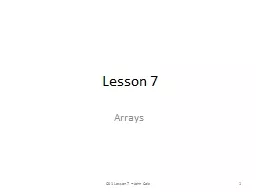PPT-Lesson 1.1 Strayer LI – LVIII
Author : calandra-battersby | Published Date : 2018-03-11
Periodization How historians create time periods Period 1 8000 BCE to 600 BCE 8000 BCE Agricultural Revolution when we start to farm 600 BCE large regional empires
Presentation Embed Code
Download Presentation
Download Presentation The PPT/PDF document "Lesson 1.1 Strayer LI – LVIII" is the property of its rightful owner. Permission is granted to download and print the materials on this website for personal, non-commercial use only, and to display it on your personal computer provided you do not modify the materials and that you retain all copyright notices contained in the materials. By downloading content from our website, you accept the terms of this agreement.
Lesson 1.1 Strayer LI – LVIII: Transcript
Download Rules Of Document
"Lesson 1.1 Strayer LI – LVIII"The content belongs to its owner. You may download and print it for personal use, without modification, and keep all copyright notices. By downloading, you agree to these terms.
Related Documents

